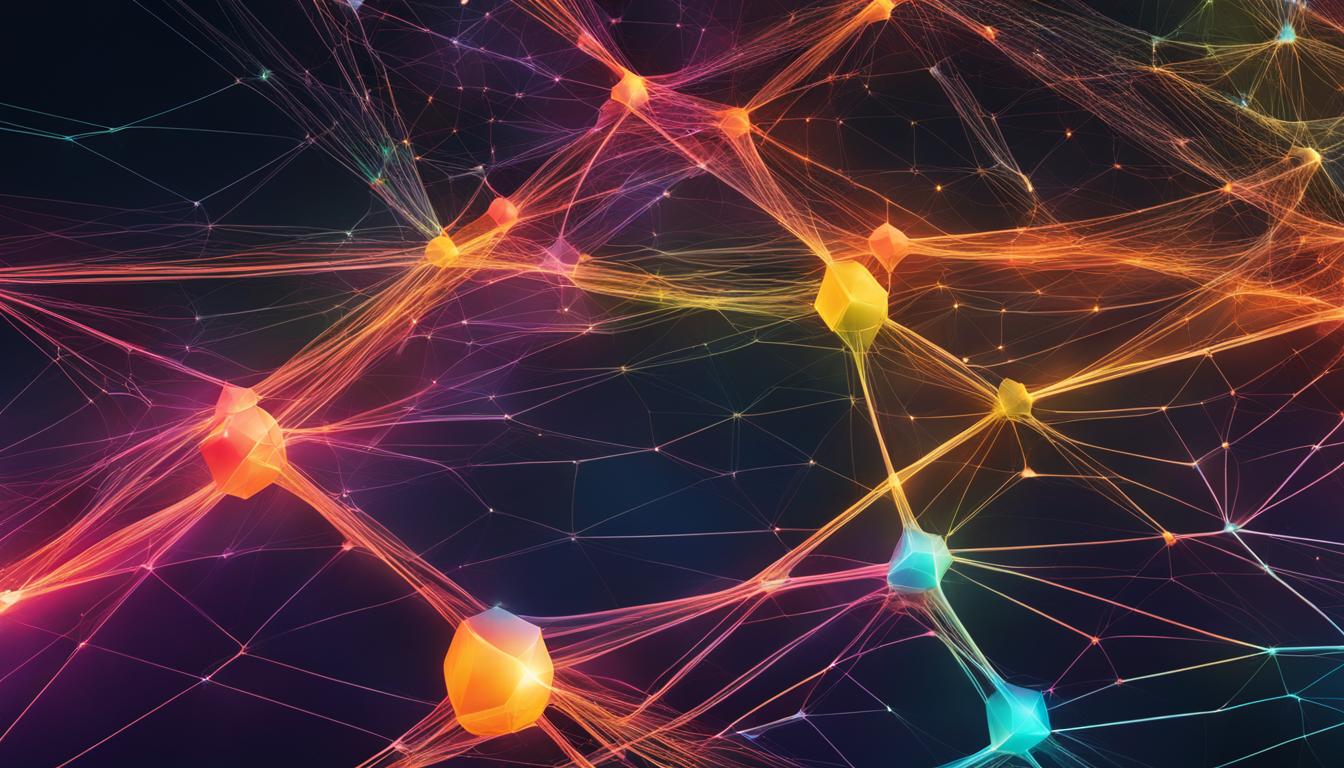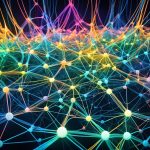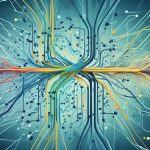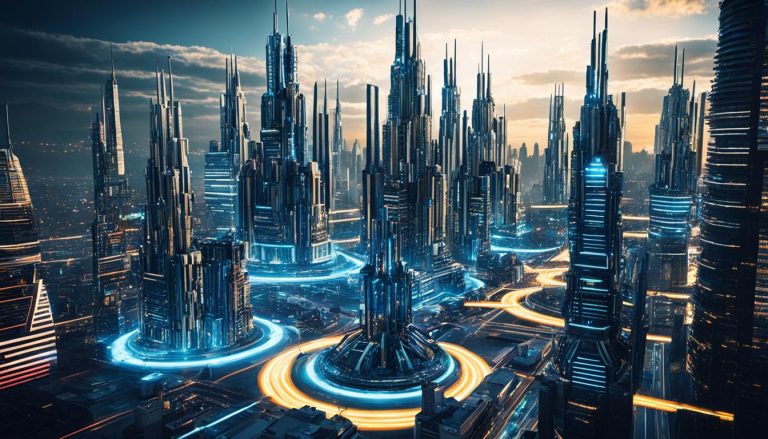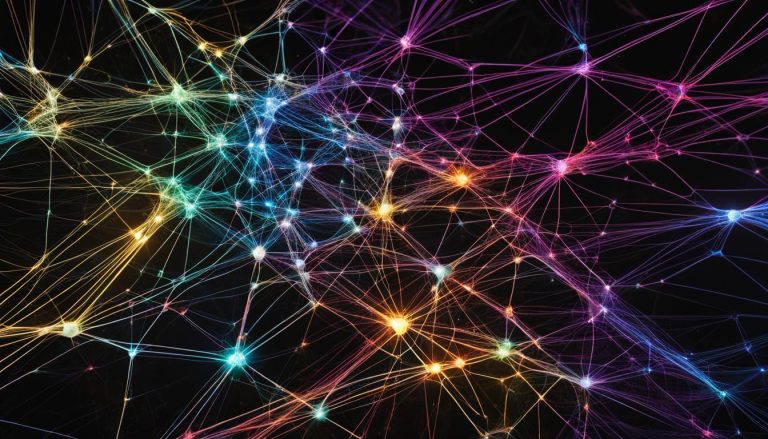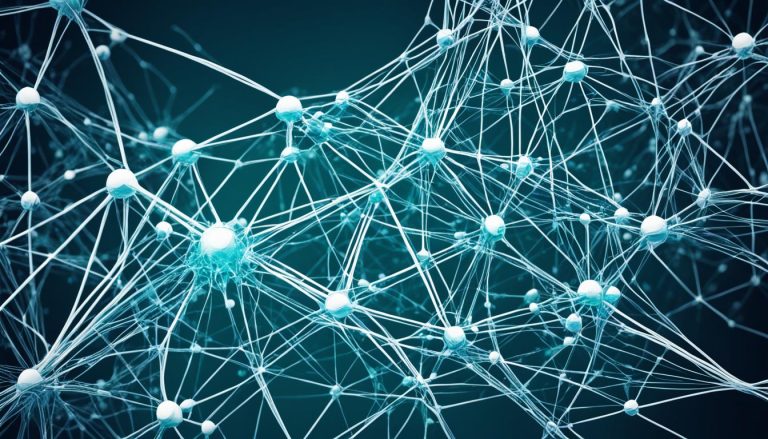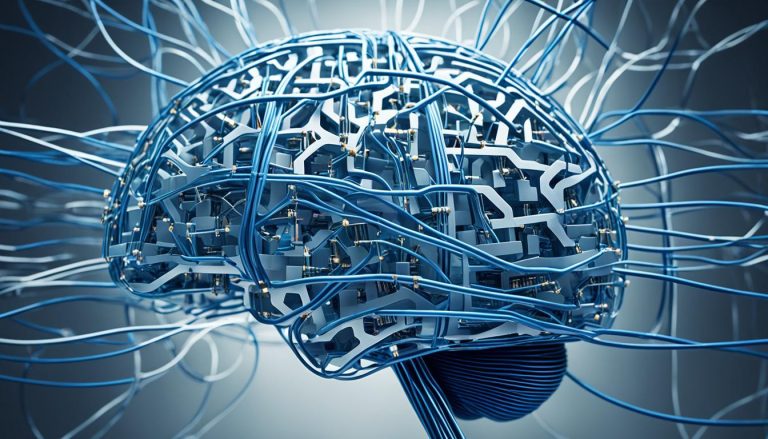Spatio-Temporal Neural Networks are revolutionizing the field of video analysis, offering advanced pattern recognition and prediction capabilities. These networks have the potential to significantly enhance the accuracy and efficiency of video understanding, making them a valuable tool in various domains.
In this article, we will delve into the concept of Spatio-Temporal Neural Networks and explore their applications in video analysis. By explicitly modeling the relationships and interactions between actors, objects, and their environment, these networks can reason over long temporal intervals, enabling a comprehensive understanding of the dynamic nature of videos.
With their ability to capture both spatial and temporal information, Spatio-Temporal Neural Networks excel at capturing the context and dependencies between different elements in a video. This allows for more accurate and comprehensive video understanding, leading to improved performance in tasks such as action detection, scene graph classification, and more.
Deep learning techniques play a crucial role in enhancing the analysis of spatio-temporal data. By automatically learning hierarchical feature representations, these models enable the effective capture of spatial and temporal correlations present in video data. Convolutional neural networks (CNNs) excel at capturing spatial features, while recurrent neural networks (RNNs) and temporal convolutional networks (TCNs) are adept at capturing temporal dynamics.
As we continue to explore the advancements in video analysis, it is evident that Spatio-Temporal Neural Networks, powered by deep learning, have the potential to revolutionize the field and unlock new possibilities in various applications such as autonomous vehicles and health monitoring. Join us on this journey to gain a deeper understanding of Spatio-Temporal Neural Networks and their impact on video analysis.
What are Spatio-Temporal Neural Networks?
Spatio-Temporal Neural Networks (STNNs) represent a significant advancement in video understanding, enabling the explicit modeling of relationships and interactions between actors, objects, and their environment in videos. Unlike traditional neural networks, STNNs are specifically designed to reason over long temporal intervals, allowing them to capture the complex and dynamic nature of videos.
By incorporating both spatial and temporal information, STNNs are able to analyze and interpret videos in a more comprehensive and accurate manner. These networks have the ability to capture the context and dependencies between different elements in a video, such as the movement of objects and the relationships between actors. This enables them to provide a deeper understanding of video content.
STNNs excel at video understanding by explicitly modeling the spatio-temporal relationships and interactions within videos, providing a more comprehensive analysis of the complex and dynamic nature of video content.
One of the key strengths of STNNs lies in their ability to reason over long temporal intervals. Traditional neural networks struggle to capture the context and dependencies that occur over extended periods of time, whereas STNNs are specifically designed to handle these challenges. By considering longer time spans, STNNs can effectively analyze and interpret videos with a higher level of accuracy and contextual understanding.
STNNs have emerged as a powerful tool in the field of video analysis, offering enhanced video understanding capabilities. With their ability to explicitly model spatio-temporal relationships and reason over long temporal intervals, STNNs have the potential to revolutionize various applications, ranging from surveillance and video summarization to autonomous vehicles and human activity recognition.
Why Spatio-Temporal Neural Networks Matter
- Accurate Video Understanding: STNNs enable a more accurate and comprehensive understanding of video content by capturing the complex relationships and dependencies between actors, objects, and their environment.
- Long Temporal Intervals: STNNs reason over long temporal intervals, allowing them to capture the context and dependencies that occur over extended periods of time.
- Enhanced Video Analysis: With their ability to explicitly model spatio-temporal relationships, STNNs have shown potential in enhancing various video analysis tasks, such as action detection, object recognition, and scene understanding.
Overall, Spatio-Temporal Neural Networks offer a powerful approach to video understanding, leveraging spatial and temporal information to capture the complexities of video content. With their ability to reason over long temporal intervals and model spatio-temporal relationships, STNNs have the potential to significantly advance the field of video analysis.
Advancements in Video Understanding with Spatio-Temporal Neural Networks
Spatio-Temporal Neural Networks have shown significant advancements in various video understanding tasks. These networks have been successfully applied to tasks such as spatio-temporal action detection and video scene graph classification, yielding state-of-the-art results on benchmark datasets.
With their ability to capture and model the relationships between actors, objects, and scenes in videos, Spatio-Temporal Neural Networks have proven to be highly effective in enhancing video understanding. By analyzing the spatio-temporal dynamics, these networks can accurately detect and classify actions, enabling applications such as activity recognition and surveillance systems.
Furthermore, scene graph classification using Spatio-Temporal Neural Networks allows for a comprehensive understanding of the relationships between objects and their context within a video. This capability opens up opportunities for advanced video analysis scenarios, such as content-based video retrieval and video summarization.
The state-of-the-art results achieved by Spatio-Temporal Neural Networks in action detection and scene graph classification demonstrate their potential to revolutionize video analysis. These advancements not only improve video understanding but also have implications for other video analysis tasks, such as object detection and semantic segmentation.
By harnessing the power of Spatio-Temporal Neural Networks, researchers and practitioners can unlock new possibilities in video understanding, pushing the boundaries of what is currently achievable in the field. As advancements continue to be made, the application of these networks in video analysis is expected to further evolve, paving the way for even greater insights and advancements.
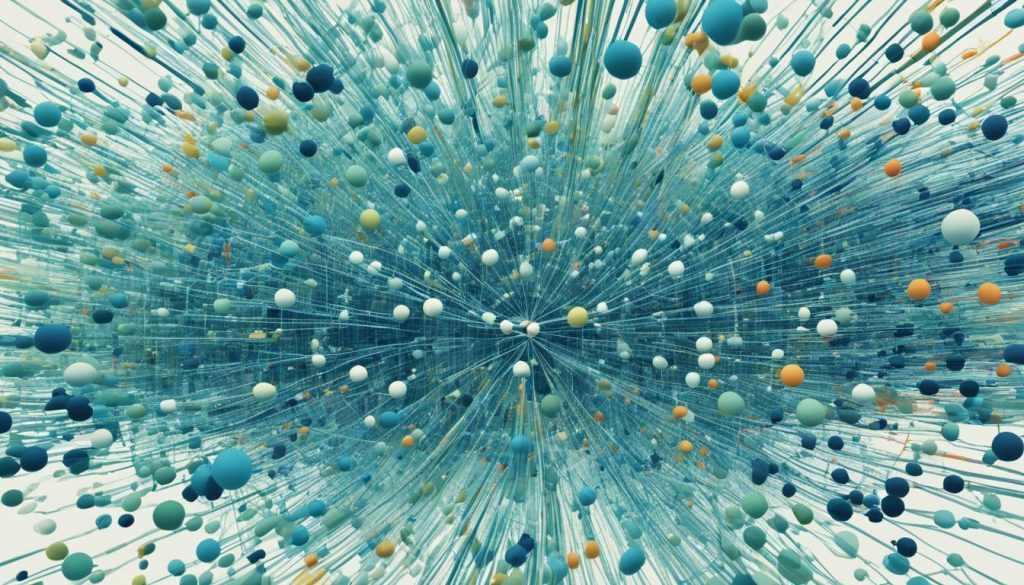
How Deep Learning Enhances Spatio-Temporal Data Mining
Deep learning techniques have revolutionized the field of Spatio-Temporal Data Mining, enabling the analysis of non-linear data patterns with unprecedented accuracy. By automatically learning hierarchical feature representations, deep learning models can effectively capture the intricate spatial and temporal correlations embedded within spatio-temporal data.
Convolutional neural networks (CNNs) have emerged as a powerful tool for capturing spatial features within spatio-temporal data. These networks excel at identifying visual patterns and extracting relevant information from image-like data structures.
On the other hand, recurrent neural networks (RNNs) and temporal convolutional networks (TCNs) specialize in capturing temporal dynamics. They excel at modeling sequential data, such as time series or video frames, and can effectively analyze the temporal variations present in spatio-temporal data.
“Deep learning models provide a flexible and powerful framework for analyzing and mining spatio-temporal data.”
In combination, these deep learning models form a comprehensive and adaptive framework for analyzing spatio-temporal data. They can learn intricate relationships and correlations that may be challenging to capture using traditional data mining techniques, enabling more accurate predictions and deeper insights.
Benefits of Deep Learning in Spatio-Temporal Data Mining:
- Ability to capture complex and non-linear data patterns
- Automatic learning of hierarchical feature representations
- Flexible integration of spatial and temporal information
- Enhanced accuracy and efficiency in predicting spatio-temporal phenomena
By leveraging deep learning techniques, researchers and practitioners are unlocking new possibilities in spatio-temporal data analysis. These advanced models have the potential to drive innovation across various domains, including transportation, healthcare, and environmental monitoring.
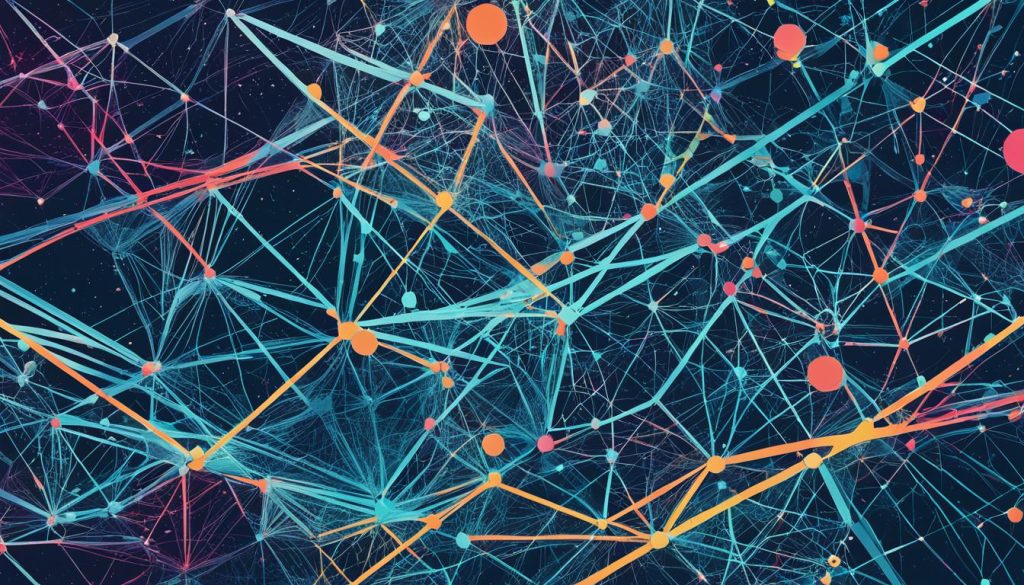
Different Types of ST Data and Representations
Spatio-temporal data encompasses various forms that provide valuable insights into the dynamic nature of events and phenomena. Understanding different types of data and their representations is crucial for effective analysis and interpretation. The following are some prominent types of spatio-temporal data:
1. Event Data
Event data involves capturing discrete occurrences happening at specific points in time and space. These events could range from disease outbreaks and natural disasters to traffic accidents and social interactions. By examining event data, analysts can identify patterns, detect anomalies, and gain a deeper understanding of the underlying factors driving these events.
2. Trajectory Data
Trajectory data involves tracking the movement of objects, individuals, or entities over time. It provides a comprehensive view of their paths, velocities, and accelerations. Trajectory data is widely used in transportation planning, wildlife tracking, and human behavior analysis. Analyzing trajectory data can reveal valuable insights into spatial patterns, mobility patterns, and potential correlations between different trajectories.
3. Point Reference Data
Point reference data captures information about a single field over a certain area at specific time intervals. It represents the evolving state or condition of a particular attribute within a defined spatial region. Point reference data is commonly used in environmental monitoring, weather forecasting, and asset management. By aggregating point reference data, researchers can derive spatial and temporal trends, assess changes, and make informed decisions.
4. Raster Data
Raster data refers to continuous or discrete measurements of a spatio-temporal field in fixed locations. It is obtained through sensors or observations that sample the field at regular intervals. Raster data is widely used in remote sensing, geographical information systems (GIS), and climate modeling. By analyzing raster data, scientists can study surface characteristics, detect anomalies, and perform spatial interpolation for prediction and modeling purposes.
5. Video Data
Video data combines spatial correlation with temporal variance, offering a rich source of information for analysis and understanding. It includes sequences of images captured by cameras or other imaging devices. Video data is prevalent in surveillance, transportation systems, and entertainment. Analyzing video data enables motion detection, object recognition, activity recognition, and behavior analysis.
Each type of spatio-temporal data requires appropriate representations and processing techniques to extract meaningful insights. The choice of representation depends on the specific characteristics and objectives of the analysis. By leveraging the right tools and techniques, analysts can uncover hidden patterns, make accurate predictions, and derive actionable intelligence from diverse spatio-temporal data sources.
Conclusion
Spatio-Temporal Neural Networks have emerged as a powerful tool in video analysis, revolutionizing the field with their advanced pattern recognition and prediction capabilities. By leveraging the strengths of deep learning and incorporating spatial and temporal information, these networks have achieved remarkable results in tasks such as action detection and scene graph classification.
The integration of Spatio-Temporal Neural Networks has the potential to enhance various applications, ranging from autonomous vehicles to health monitoring. With ongoing advancements in deep learning techniques, the future of video understanding looks promising. These networks offer a flexible and robust framework for analyzing and modeling spatio-temporal data, enabling more accurate and comprehensive video understanding.
By capturing and modeling the relationships between actors, objects, and their environment, Spatio-Temporal Neural Networks can provide valuable insights into the complex and dynamic nature of videos. Their ability to reason over long temporal intervals and capture the context and dependencies in videos make them an invaluable tool in video analysis.
As the field of video analysis continues to evolve, the integration of Spatio-Temporal Neural Networks will play a crucial role in unlocking the full potential of video understanding. With their powerful prediction capabilities and advanced pattern recognition, these networks are poised to reshape the way we analyze and interpret videos, opening up new possibilities across industries and domains.
FAQ
What are Spatio-Temporal Neural Networks?
Spatio-Temporal Neural Networks are a type of neural network that explicitly models the relationships and interactions between actors, objects, and their environment in videos. These networks are designed to reason over long temporal intervals, allowing them to understand the complex and dynamic nature of videos.
What advancements have been made in video understanding with Spatio-Temporal Neural Networks?
Spatio-Temporal Neural Networks have shown significant advancements in various video understanding tasks. They have been successfully applied to tasks such as spatio-temporal action detection and video scene graph classification. These networks have achieved state-of-the-art results on benchmark datasets, demonstrating their effectiveness in capturing and modeling the relationships between actors, objects, and scenes in videos.
How does deep learning enhance Spatio-Temporal Data Mining?
Deep learning techniques have greatly enhanced the field of Spatio-Temporal Data Mining by enabling the analysis of non-linear data patterns. With the ability to automatically learn hierarchical feature representations, deep learning models can effectively capture the spatial and temporal correlations present in spatio-temporal data. Convolutional neural networks (CNNs) are particularly effective in capturing spatial features, while recurrent neural networks (RNNs) and temporal convolutional networks (TCNs) excel at capturing temporal dynamics.
What are the different types of spatio-temporal data and representations?
Spatio-temporal data can take various forms, including event data, trajectory data, point reference data, raster data, and video data. Event data represents discrete events captured at specific points in time and space, such as disease outbreaks or traffic accidents. Trajectory data tracks the movement of objects or individuals over time, while point reference data captures a single field over a certain area at specific time intervals. Raster data represents continuous or discrete measurements of a spatio-temporal field in fixed locations, and video data combines spatial correlation and temporal variance. Each type of spatio-temporal data requires appropriate representations and processing techniques to extract meaningful insights.

